Are you fascinated by the Earth's natural history? These are the geology museums you should visit in Bavaria:
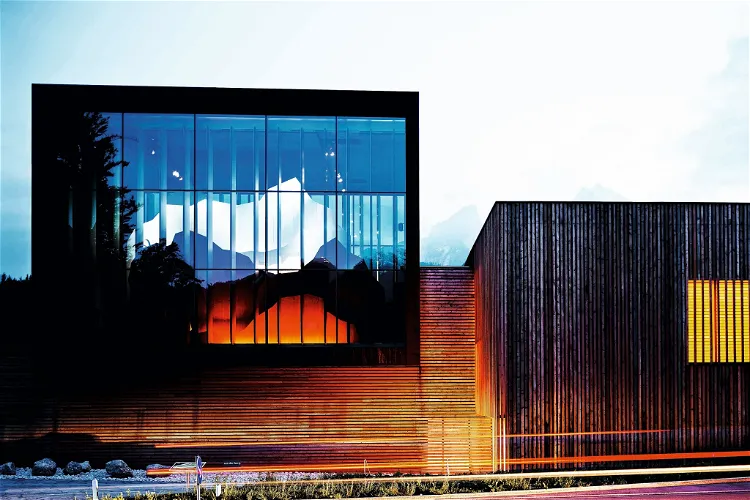
Haus der Berge - Nationalparkzentrum Berchtesgaden
BerchtesgadenThe Haus der Berge in Berchtesgaden serves as the central information and education center of the Berchtesgaden National Park. It provides visitors with comprehensive information about the park and its diverse ecosystems. The center also offers educational programs aimed at promoting understanding and appreciation of the natural environment.
House of Mountains
BerchtesgadenThe House of Mountains, located in Berchtesgaden, serves as the central information and education center of the Berchtesgaden National Park. It provides visitors with a wealth of information about the park, its flora and fauna, and the various activities available within the park. The center is designed to be accessible and informative, making it a valuable resource for anyone planning to explore the park.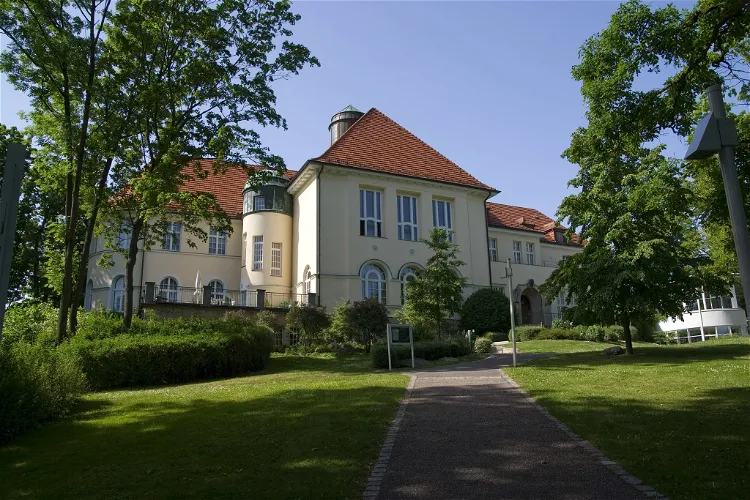
Naturkundemuseum Coburg
CoburgThe Naturkunde-Museum Coburg is a natural history museum located in the city of Coburg. It is situated on the grounds of the Coburg Court Garden, a beautiful location that adds to the overall experience of visiting the museum. The museum's location is not only scenic but also convenient, making it easily accessible for tourists.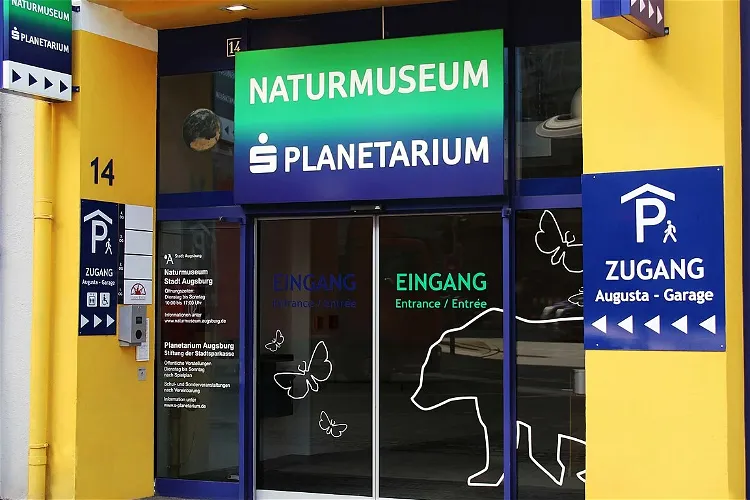
S-Planetarium and Nature Museum
AugsburgThe Naturmuseum Augsburg, located in the "Augusta Arcaden" in the northern old town, is operated by the city of Augsburg. This location is easily accessible and is situated in a historical part of the city, making it a convenient and interesting destination for tourists.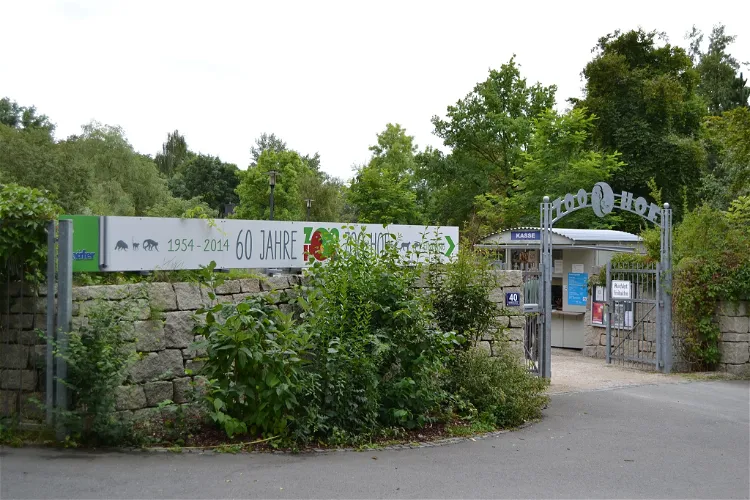
Zoologischer Garten Hof
HofThe Zoologischer Garten Hof, located in the northeastern part of the city, is the only zoo in Oberfranken. It is home to the Geological Garden of the city of Hof, offering a unique combination of zoological and geological attractions. The zoo is situated near the Bürgerpark Theresienstein, Botanical Garden, Luitpoldhain, and cemetery, making it a convenient stop for tourists exploring the area.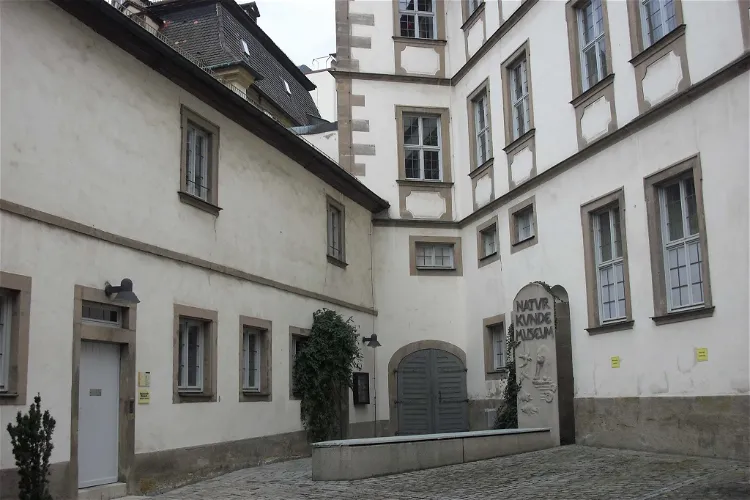
Natural History Museum
BambergThe Natural History Museum in Bamberg, Germany, is a historic institution that dates back to 1791. It was established by Prince-Bishop Franz Ludwig von Erthal and is housed in the historic rooms of the Jesuit College in the island city. This location adds a unique charm to the museum, making it a fascinating destination for tourists interested in natural history and historic architecture.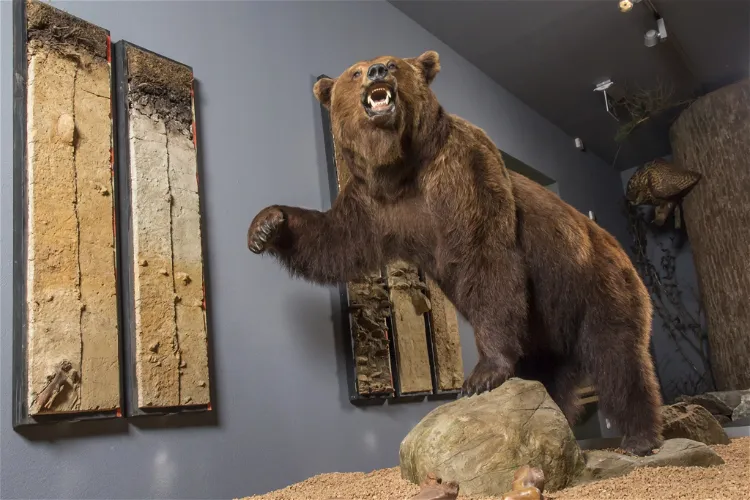
Zwiesel Forest Museum
ZwieselThe Zwiesel Forest Museum, located at Kirchplatz 3 in Zwiesel, is a cultural and natural history museum. It is situated in the Lower Bavarian district of Regen, offering visitors a unique insight into the region's rich cultural and natural history.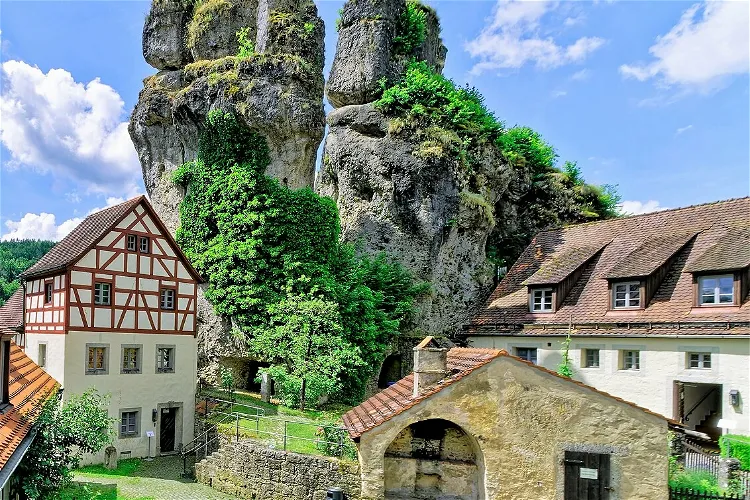
Fränkische-Schweiz-Museum
PottensteinThe Fränkische Schweiz-Museum (FSMT) in Tüchersfeld is a regional museum that offers a comprehensive overview of the Franconian Switzerland. The museum is spread over 43 rooms and covers approximately 800 m² of exhibition space. It provides a deep insight into the region's history, culture, and natural beauty.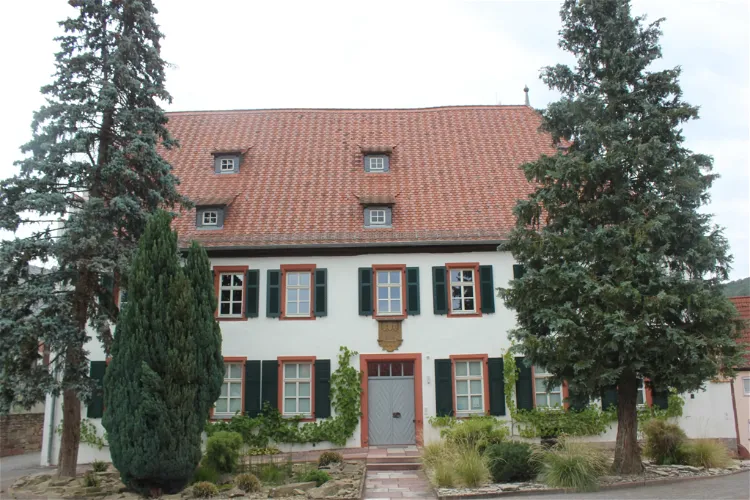
Museum Terra Triassica Euerdorf
EuerdorfThe Museum Terra Triassica in Euerdorf, Unterfranken, is a unique institution that offers a deep dive into the geological history of the Germanic Triassic of the Central European Basin. Visitors can explore the fascinating world of the Triassic period, which spanned from 252.5 to 201.5 million years ago, and learn about the various geological transformations that occurred during this time.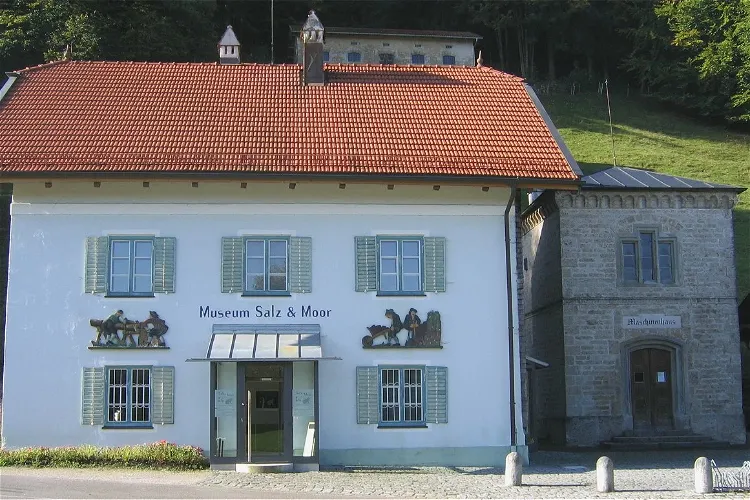
Museum Salz & Moor
RottauThe Museum Salz & Moor is a unique blend of technology and natural history, situated in the scenic locale of Grassau in Upper Bavaria. It offers a fascinating insight into the region's rich history and natural wonders, making it an interesting destination for tourists interested in both technology and nature.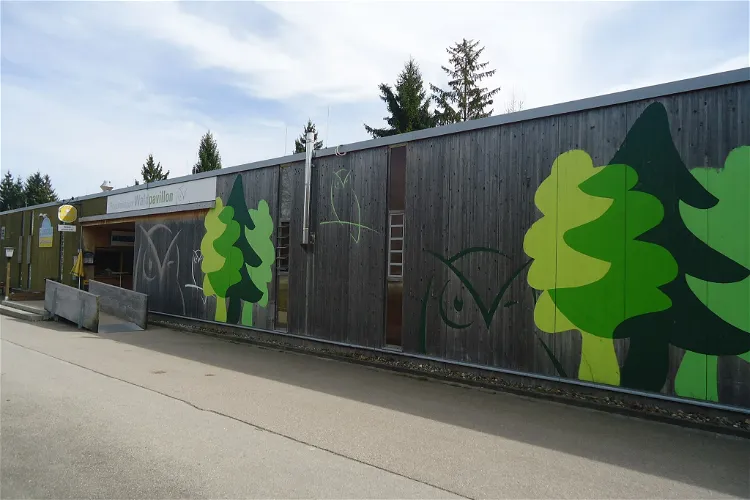
Forstmuseum Waldpavillon
AugsburgThe Forstmuseum Waldpavillon is a museum dedicated to the functions and tasks of the Augsburg city forest. It is operated by the city forestry administration of Augsburg and is situated in the Hochfeld district. The museum is easily accessible and is located near the parking lot of the Bezirkssportanlage Süd on Ilsungstraße, not far from the Siebentischanlagen and the Zoological Garden.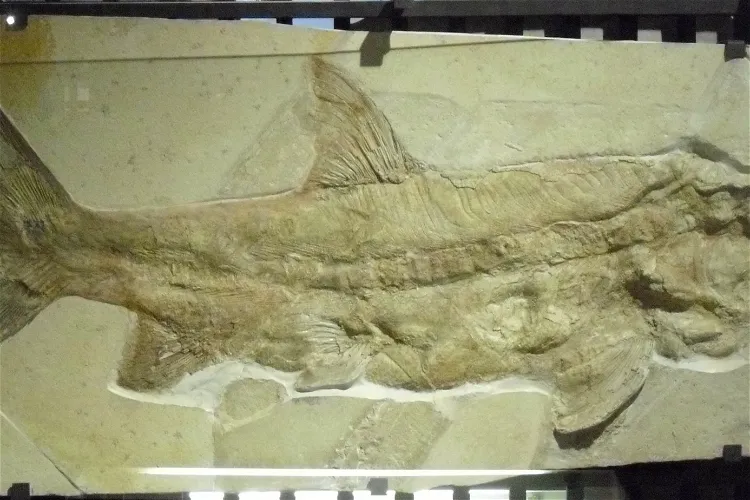
Jura Museum
EichstättThe Jura Museum Eichstätt is a natural history museum that is part of the network of the State Natural Science Collections of Bavaria. It is located on the Willibaldsburg, a hilltop site above the Altmühltal. This location offers visitors not only a chance to explore the museum's collections but also to enjoy the beautiful surrounding landscape.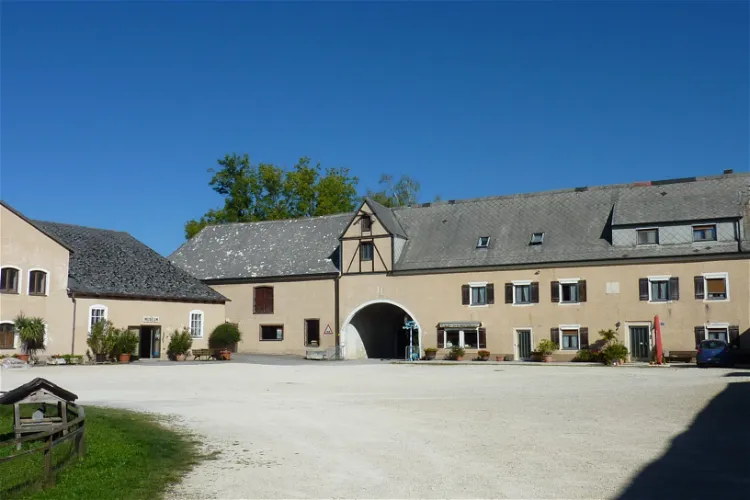
Museum Bergér
SchernfeldMuseum Bergér is a unique destination for those interested in paleontology and geology. It is situated in Harthof, a part of the Upper Bavarian municipality of Schernfeld in the Eichstätt district. This location offers a serene and picturesque environment that enhances the overall experience of the museum visit.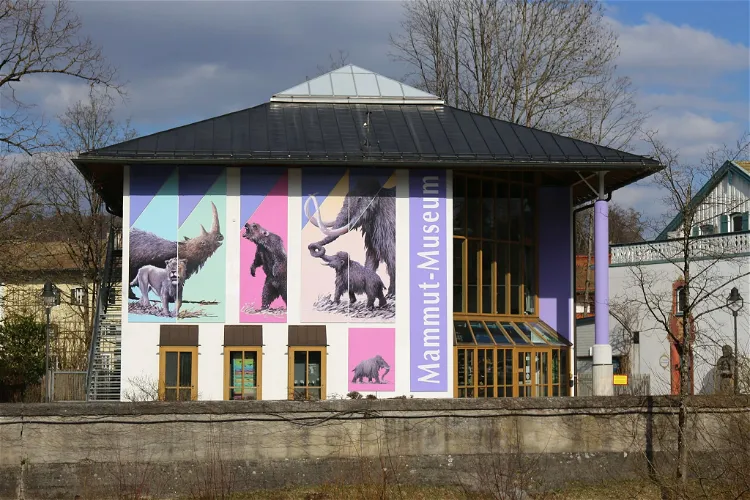
Naturkunde- und Mammut Museum Siegsdorf
SiegsdorfThe Naturkunde und Mammut Museum Siegsdorf is a unique institution that specializes in geology, paleontology, and Ice Age finds. The museum's focus is on the last 250 million years, providing a comprehensive understanding of the geological formation and the flora and fauna of the Ice Ages. It offers a deep dive into the history of the region, making it an interesting destination for those interested in natural history and the evolution of life on Earth.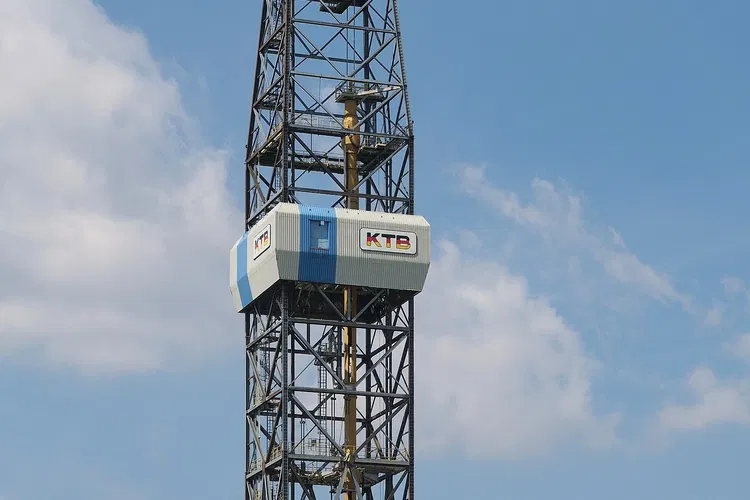
German Continental Deep Drilling Programme
WindischeschenbachThe German Continental Deep Drilling Programme, also known as the KTB borehole, is a significant scientific project that took place from 1987 to 1995 near Windischeschenbach, Bavaria. The project's main achievement was the drilling of a super-deep borehole that reached a depth of 9,101 meters into the Earth's continental crust. This feat of engineering and scientific exploration offers a unique insight into the Earth's geology and is a key point of interest for visitors to the area.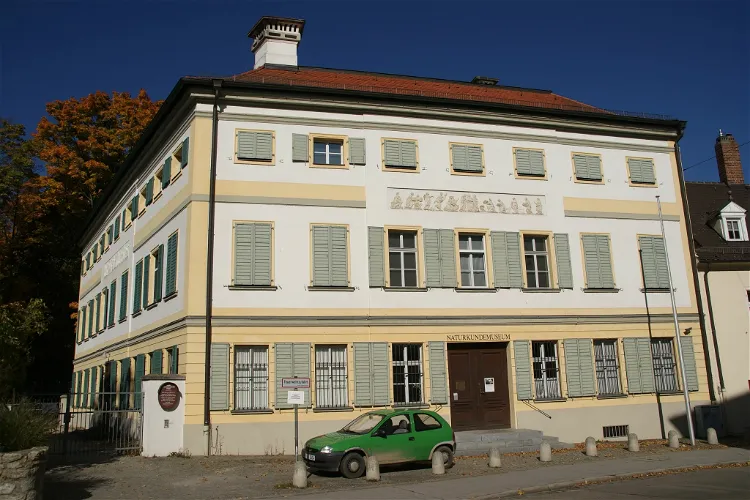
Naturkundemuseum Ostbayern
RegensburgThe Naturkundemuseum Ostbayern, located in Regensburg, has been situated in the classicist Württemberg Palace, also known as Herzogspalais, since 1961. This location is in the far northwest of Regensburg's old town, adding a historical touch to your visit.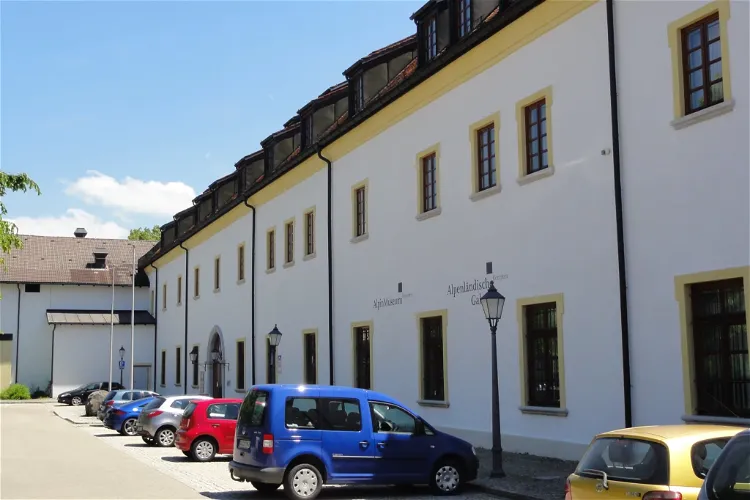
Marstall Kempten
Kempten (Allgäu)The Alpinmuseum, located in the Marstall in Kempten in the Allgäu, was a museum that focused on the history of the Alps, the history of alpinism, and the environment and nature. It was a branch of the Bavarian National Museum and was established in collaboration with the German Alpine Association. The museum was operational from 1991 to 2021.
Fichtelgebirgsmuseum
WunsiedelThe Fichtelgebirge Museum, located in Wunsiedel, central Germany, is a regional museum that was established in 1907. The museum was founded by the Fichtelgebirge Club with the aim of preserving old trade skills that were being replaced by new industries during the 19th century. The museum provides a glimpse into the region's past and the trades that were once vital to its economy.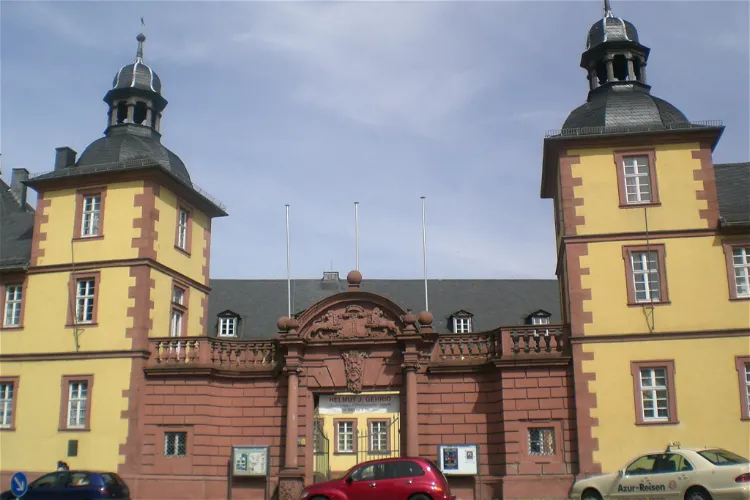
Natural History Museum of Aschaffenburg
AschaffenburgThe Natural History Museum of Aschaffenburg is situated in the historical Schönborner Hof in Aschaffenburg, Bavaria, Germany. This location adds a historical charm to the museum, making it a unique place to explore the natural history of the region.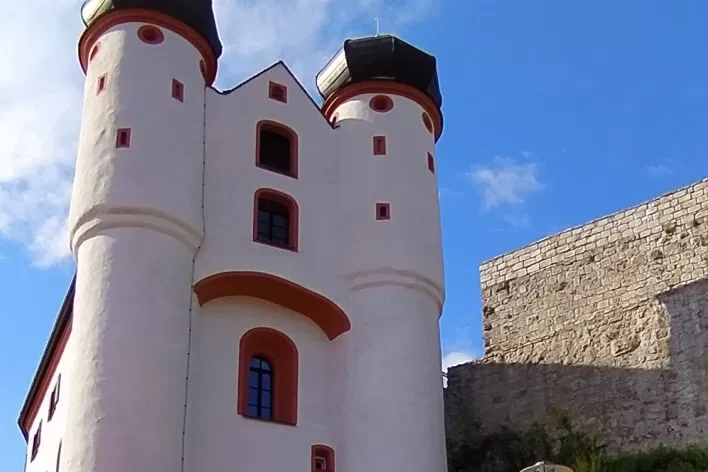
Burgmuseum Parsberg
ParsbergThe Parsberg Castle is a hilltop castle located on a limestone spur in the city center of Parsberg in the district of Neumarkt in Upper Palatinate, Bavaria. The complex has a long construction history that dates back to the 13th century. The castle museum, located in the lower castle, presents the h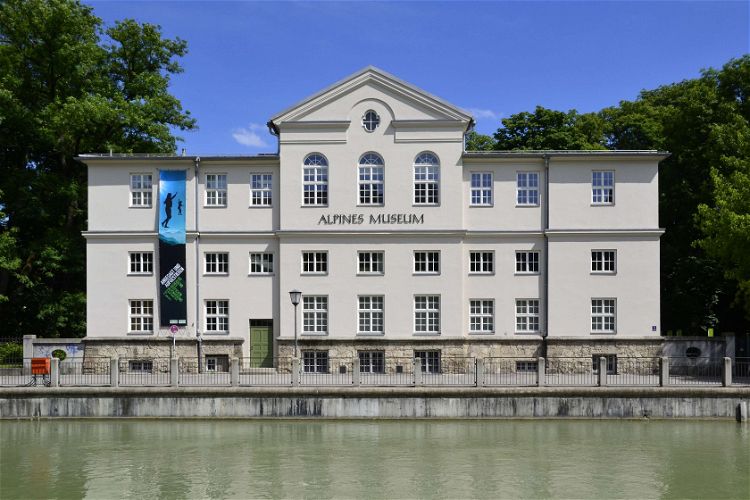
Alpines Museum
MunichThe Alpines Museum (Museum of the Alps and the Mountain) is a museum in Munich that is located on the southern part of the Praterinsel, one of the islands of the Isar. The building dates back to the 19th century and was donated to the Austrian-German mountaineering society. The museum illustrates th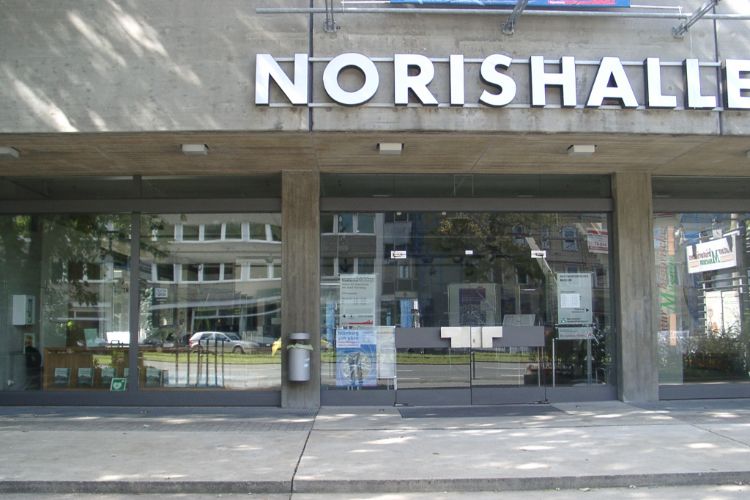
Natural History Museum
NurembergThe Natural History Museum in Nuremberg exhibits parts of the collections of the Natural History Society Nuremberg. The permanent exhibition in the Natural History Museum in Nuremberg covers the areas: ethnology, prehistory, archeology of Jordan, karst and speleology and geology. Zoology, entomology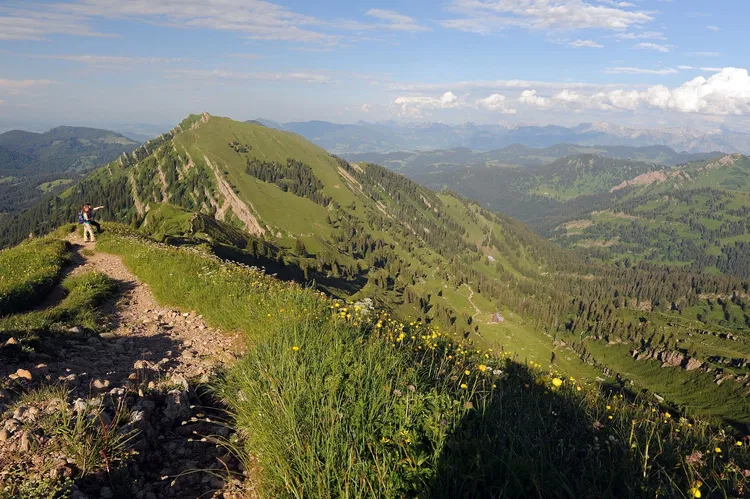
Nagelfluhkette Nature Park
Immenstadt im AllgäuThe Naturpark Nagelfluhkette is a unique cross-border nature park that spans between the German region Allgäu and the Austrian state Vorarlberg. This park is the first of its kind, bridging two countries and offering a diverse range of landscapes and natural beauty. It covers a significant part of the Allgäu Prealps west of the Iller and extends from Immenstadt and the western slopes of the Illertal in the east to the Hirschbergzug in the west. The park's southern border is marked by the Bregenzer Ach, Hirschgundtal, and Rohrmoostal near Oberstdorf, extending to the slopes of the Hochifen.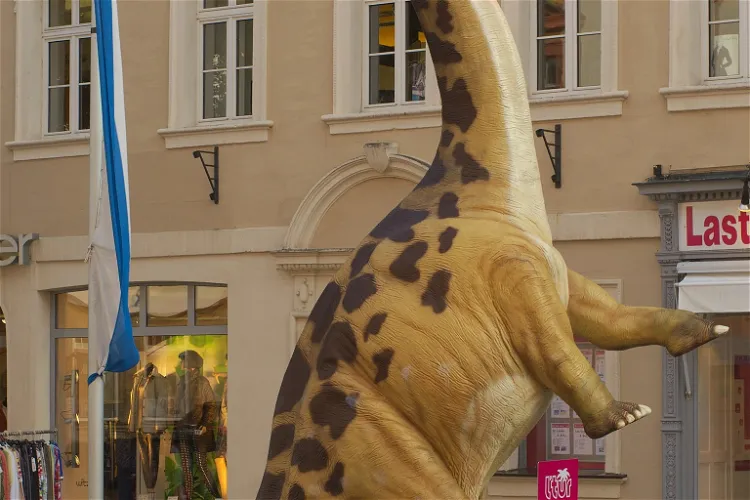
Urwelt-Museum Oberfranken
BayreuthThe Urwelt-Museum Oberfranken in Bayreuth is a regional natural history museum that is managed by the city of Bayreuth. The museum's main focus is on the history of both living (paleontology) and non-living (geology and mineralogy) nature of Upper Franconia. This makes it a unique destination for those interested in natural history and the evolution of life and earth.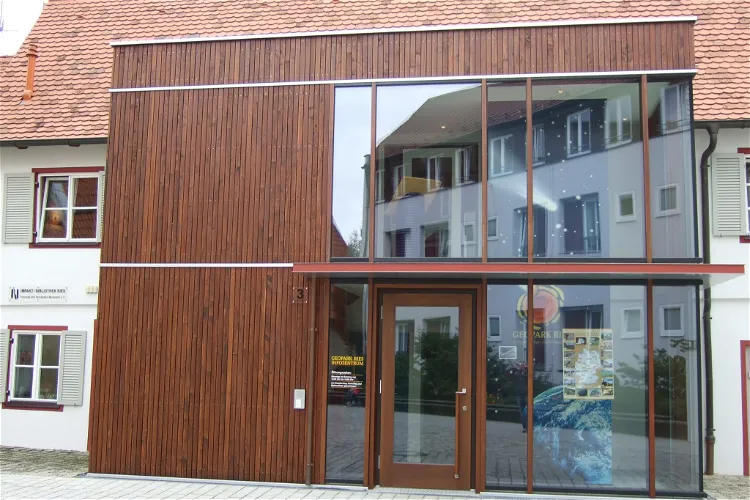
Geopark Infozentrum Nördlingen
NördlingenIn 2022, Geopark Ries was recognized as a UNESCO Global Geopark, a testament to its significant geological heritage. Covering an area of almost 1,800 km², the park is nearly six times the size of Munich, offering a vast landscape for visitors to explore.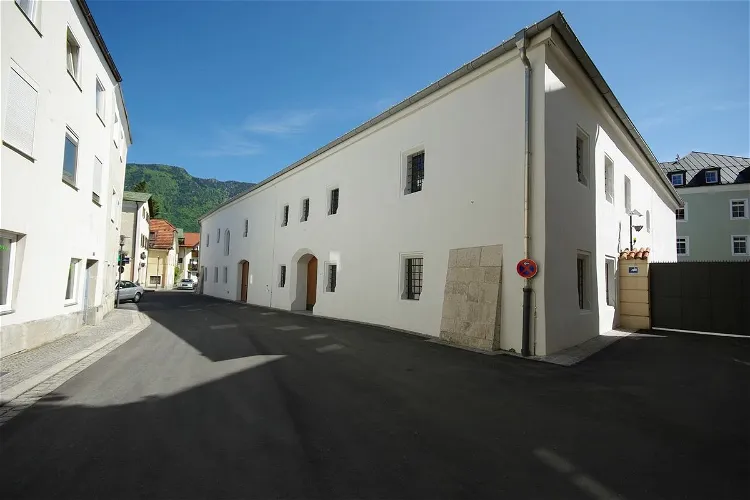
ReichenhallMuseum
Bad ReichenhallThe ReichenhallMuseum, previously known as the Städtisches Heimatmuseum Bad Reichenhall, is the local museum of the Upper Bavarian city of Bad Reichenhall. It is housed in the city's former grain store, located at Getreidegasse 4. The museum showcases numerous exhibits related to the history of salt mining, local crafts, city history, geology, and folklore.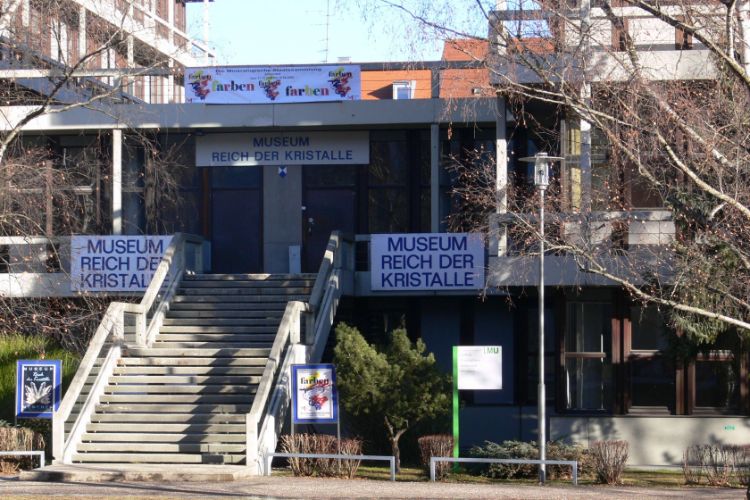
Museum Reich der Kristalle
MunichThe Museum Reich der Kristalle is the publicly accessible part of the Mineralogischen Staatssammlung (State Mineralogical Collection) of Munich. It contains 100,000 exhibits, including diamonds, emeralds and other gems. There is also a collection of meteorites, as well as quartzes from the Alpine re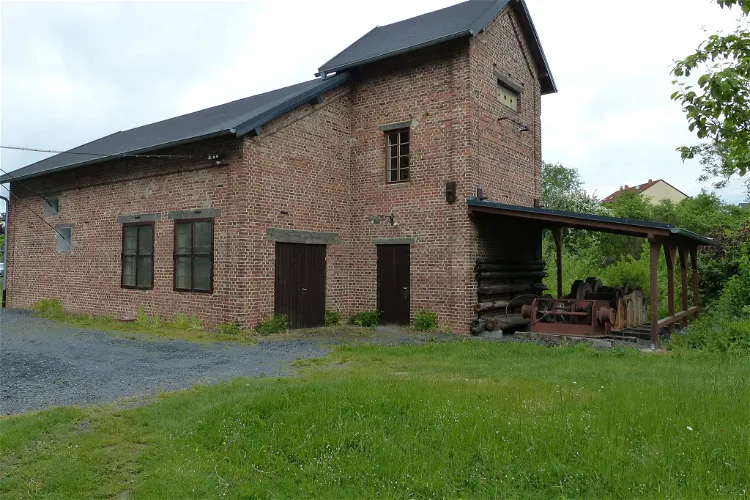
Bergwerk - Kleiner Johannes
ArzbergThe grounds of the former Kleiner Johannes mine serve as a show mine, exhibiting the history of local mining. Visitors can explore the site and gain insights into the mining history of the region.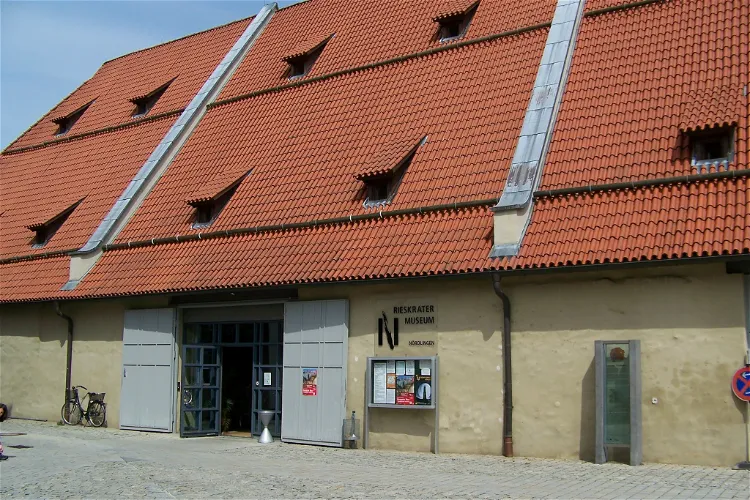
Rieskrater Museum
NördlingenThe RiesKraterMuseum in Nördlingen is a natural science museum that focuses on the formation and significance of impact craters. The museum's main highlight is the Nördlinger Ries, a large impact crater that was formed about 15 million years ago when a 1 km asteroid collided with Earth at a speed of approximately 70,000 km/h. The museum is housed in a meticulously renovated medieval barn from 1503 and presents the Ries event and its planetary roots and earthly impacts that continue to this day.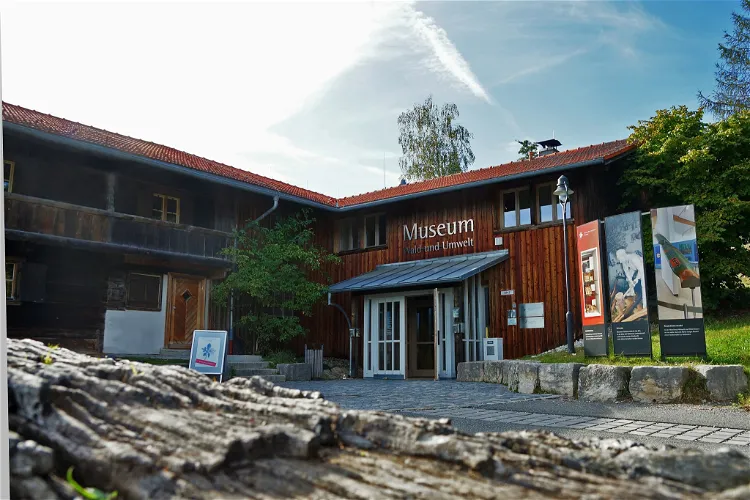
Museum Wald und Umwelt
EbersbergThe Museum Wald und Umwelt is a natural science educational institution located on the Ludwigshöhe, on the edge of the Ebersberg Forest. This location offers visitors a unique opportunity to learn about the natural environment and its history in a picturesque setting.- 31
Fossilien- und Steindruckmuseum Gunzenhausen
GunzenhausenThe Fossil and Stone Print Museum Gunzenhausen, previously known as the Maxberg Museum or Museum on the Maxberg, is a paleontological and geological museum located in Gunzenhausen. This city is situated in the Middle Franconian district of Weißenburg-Gunzenhausen. The museum is a significant destination for those interested in paleontology and geology, offering a unique insight into these scientific fields.